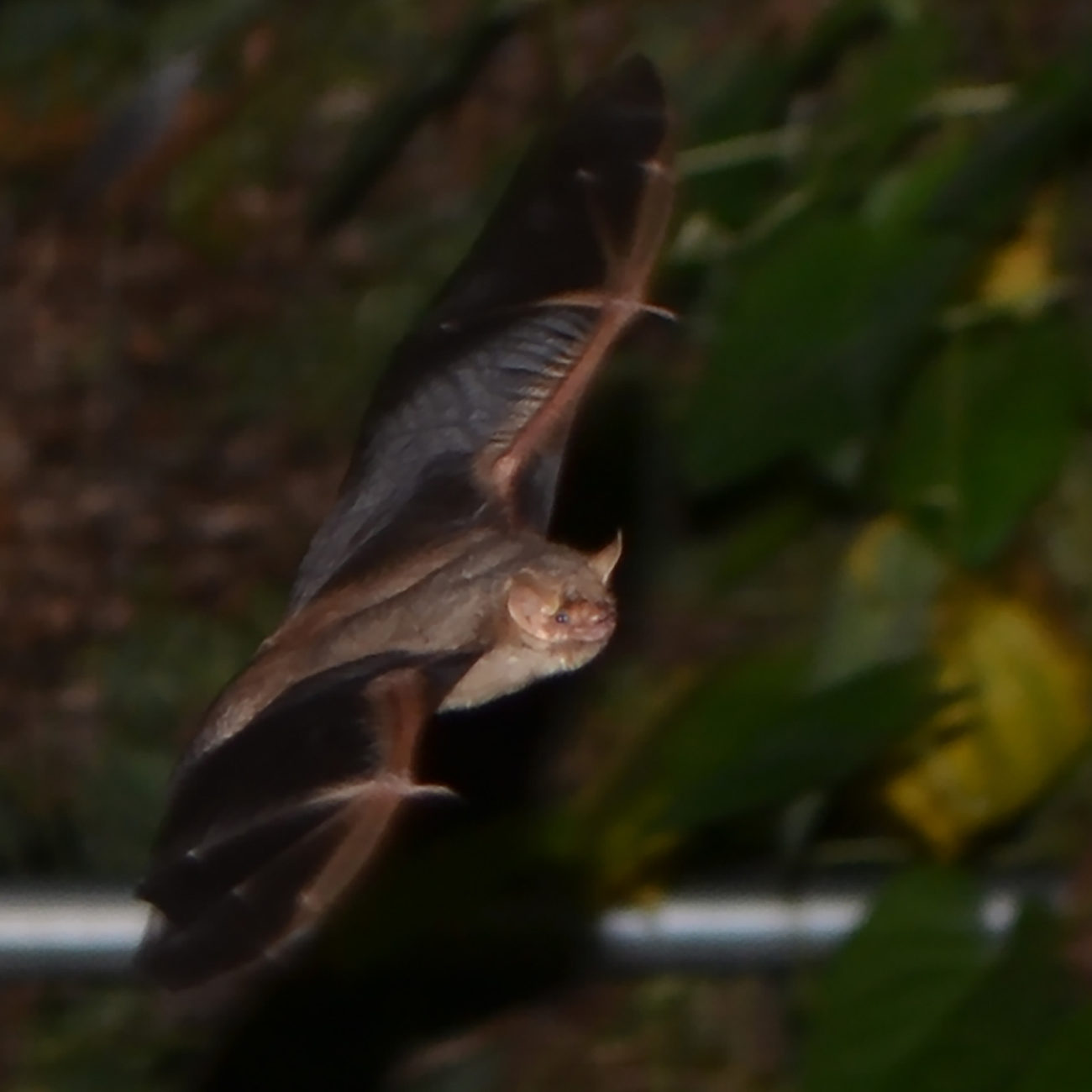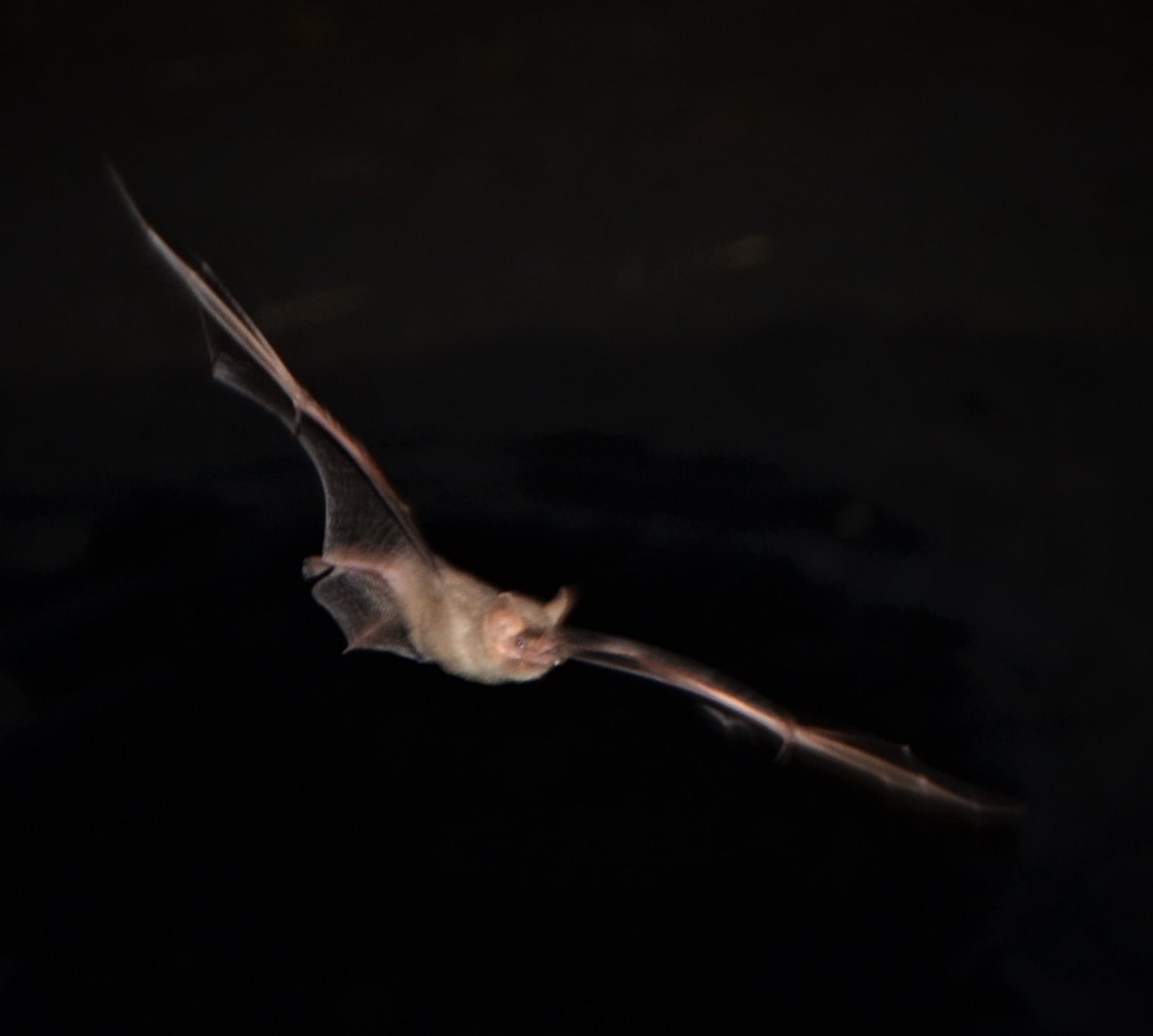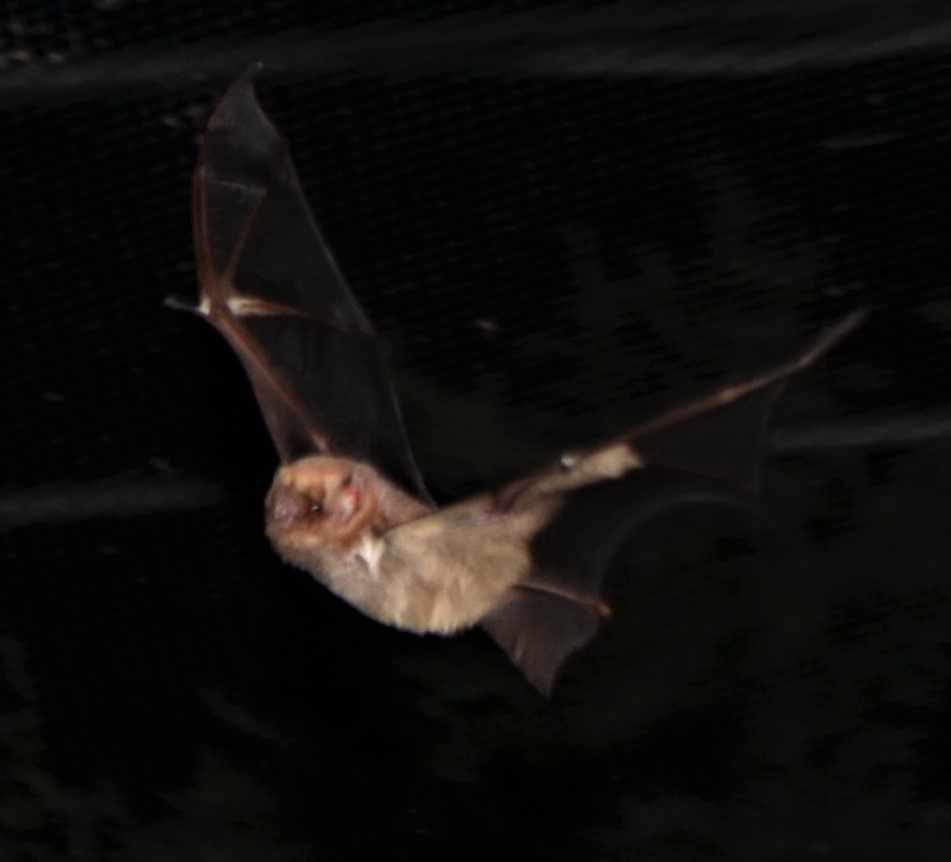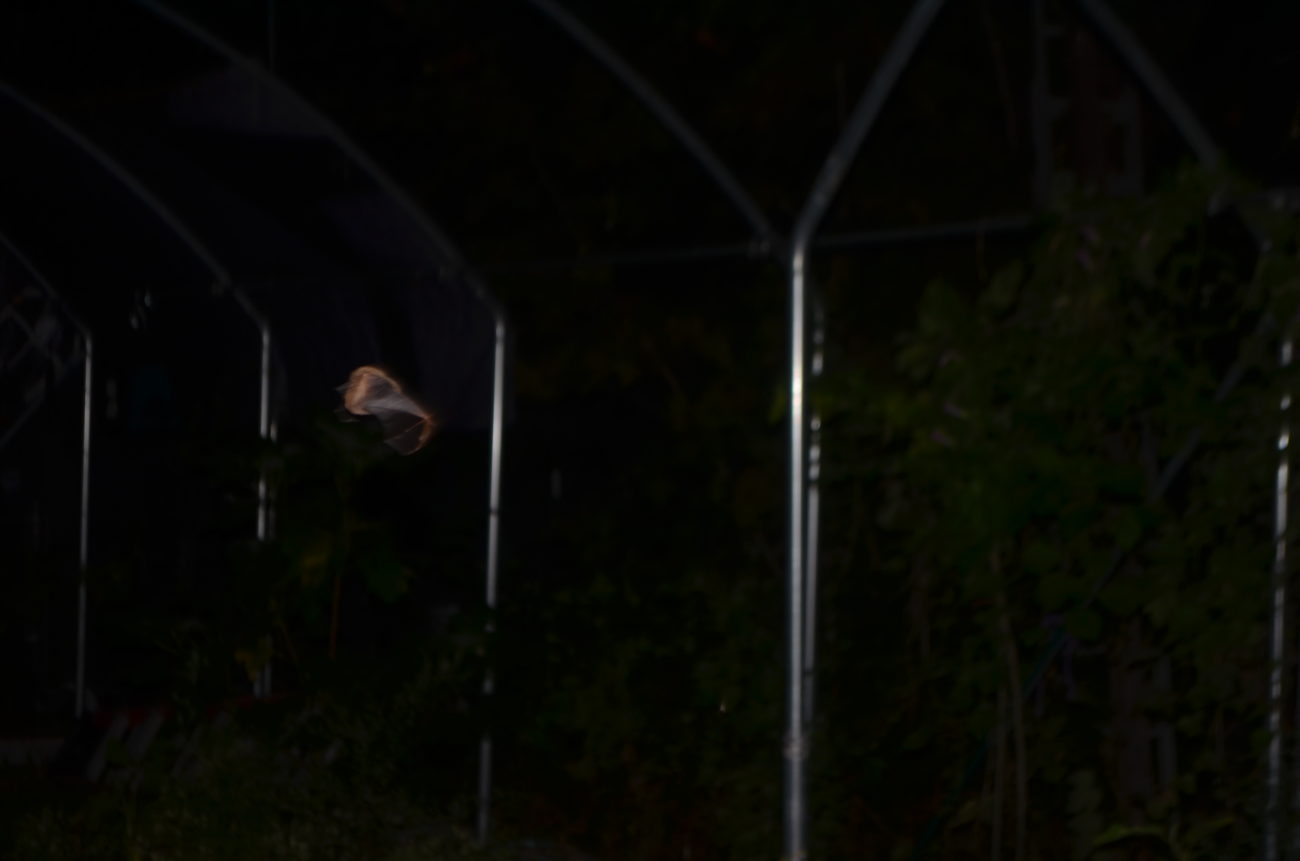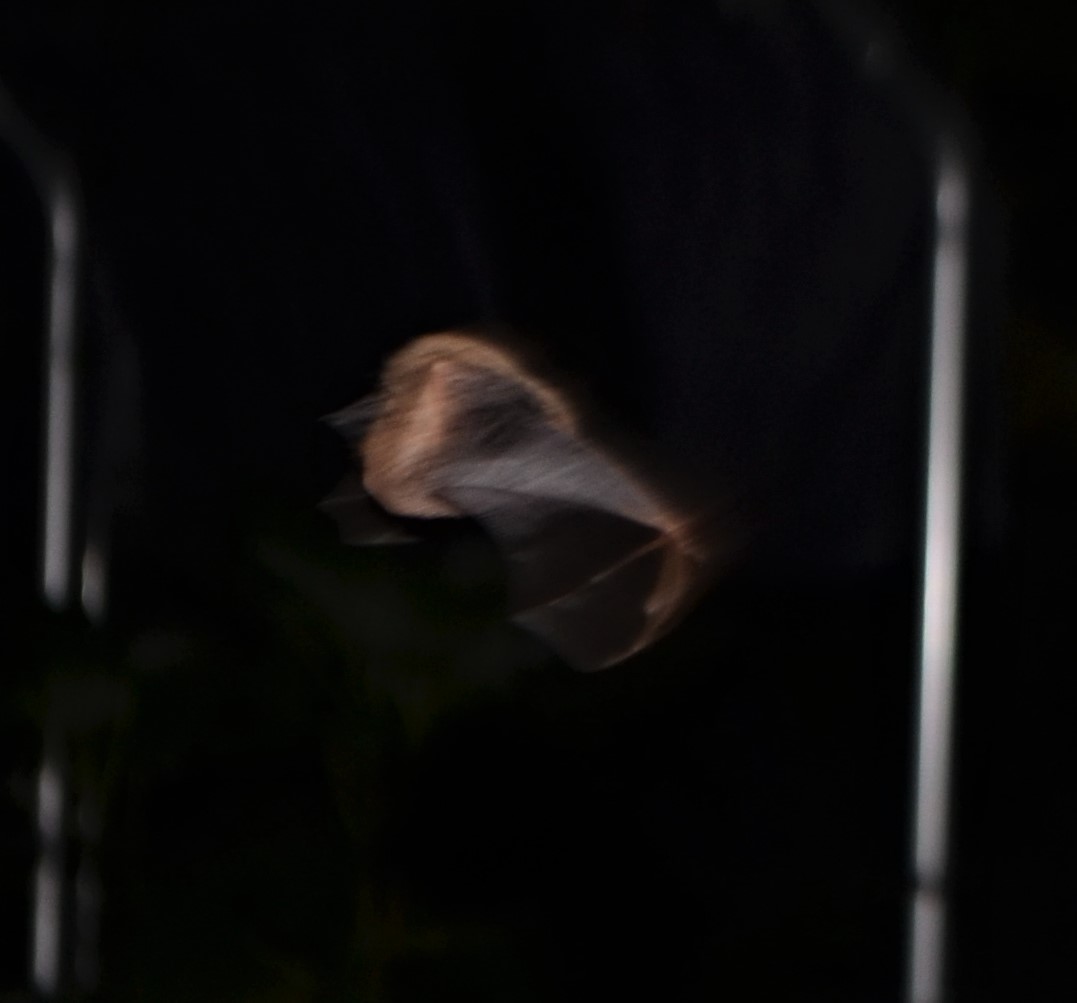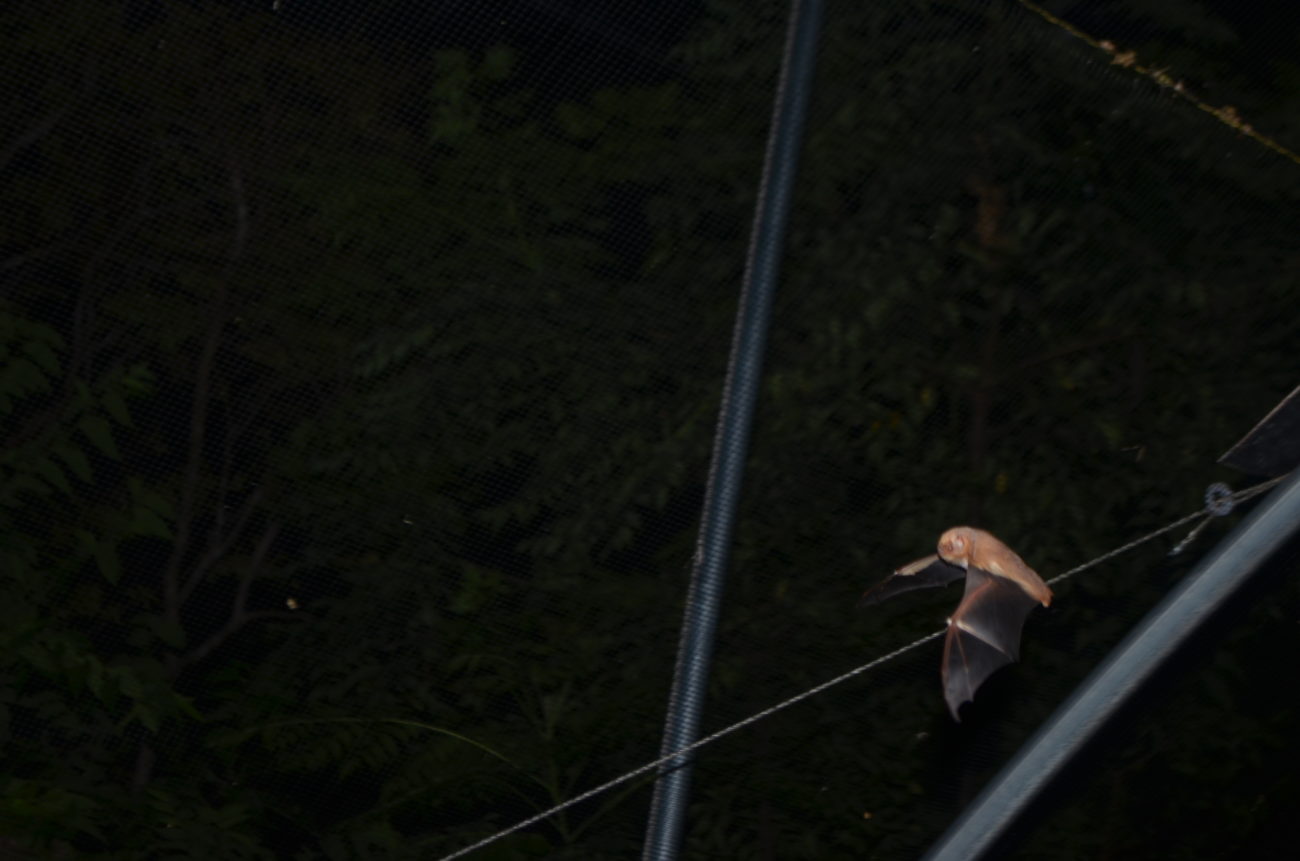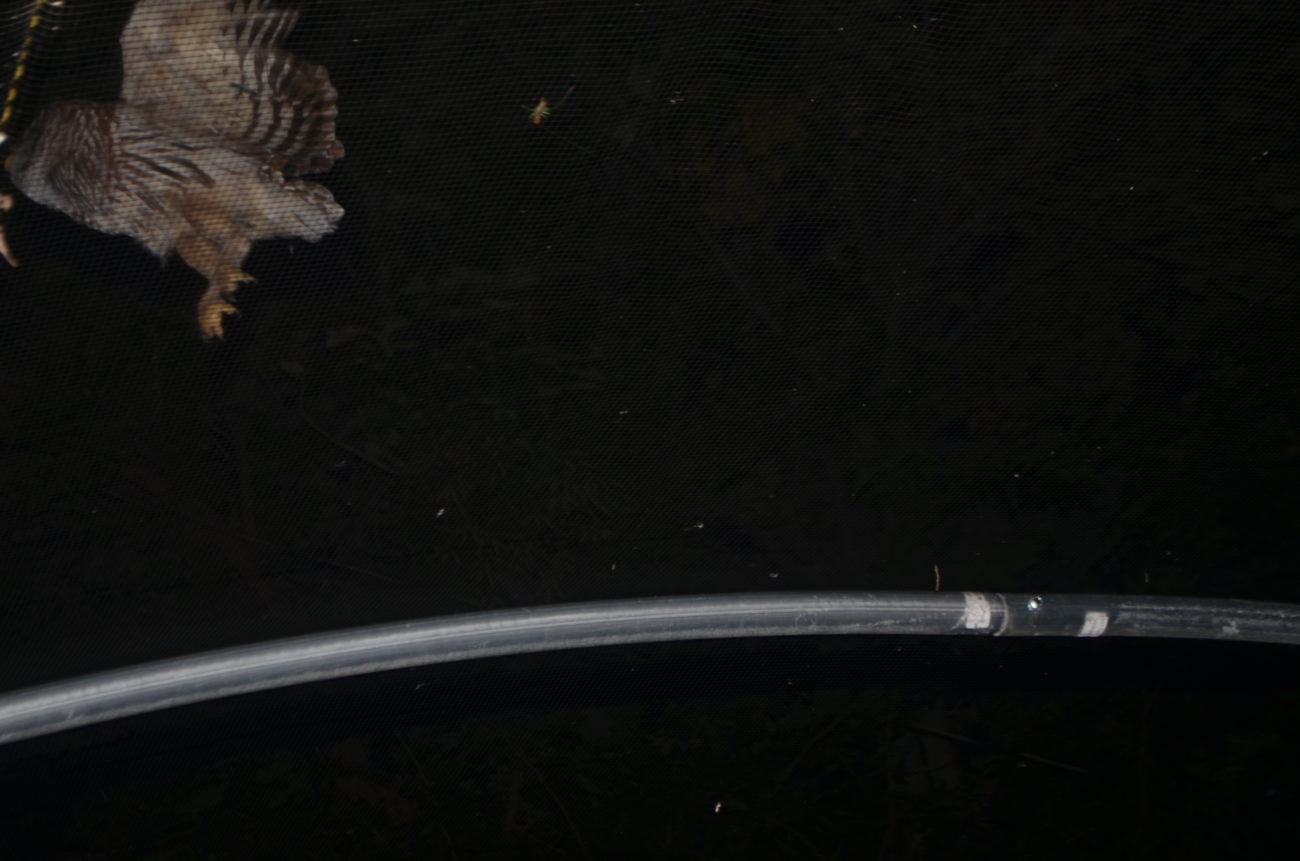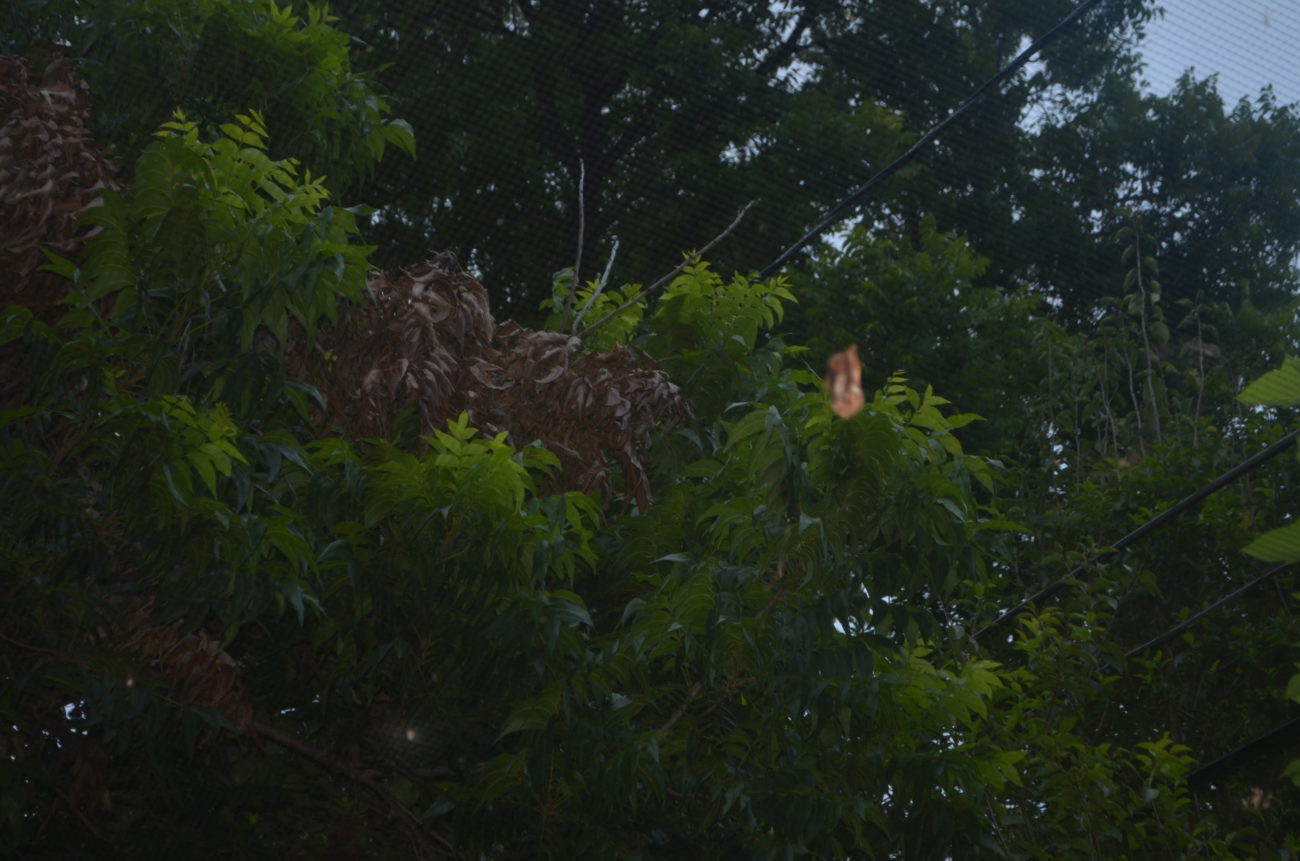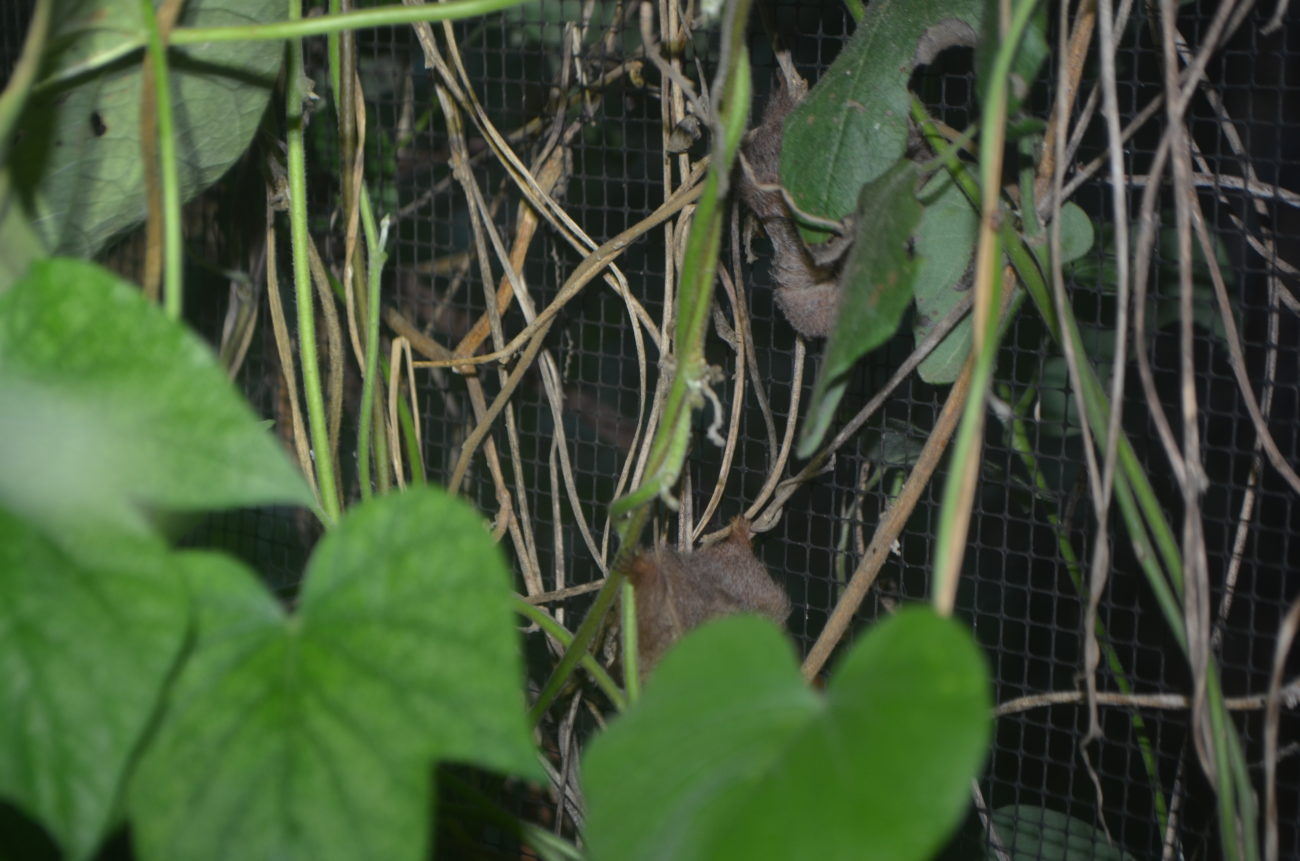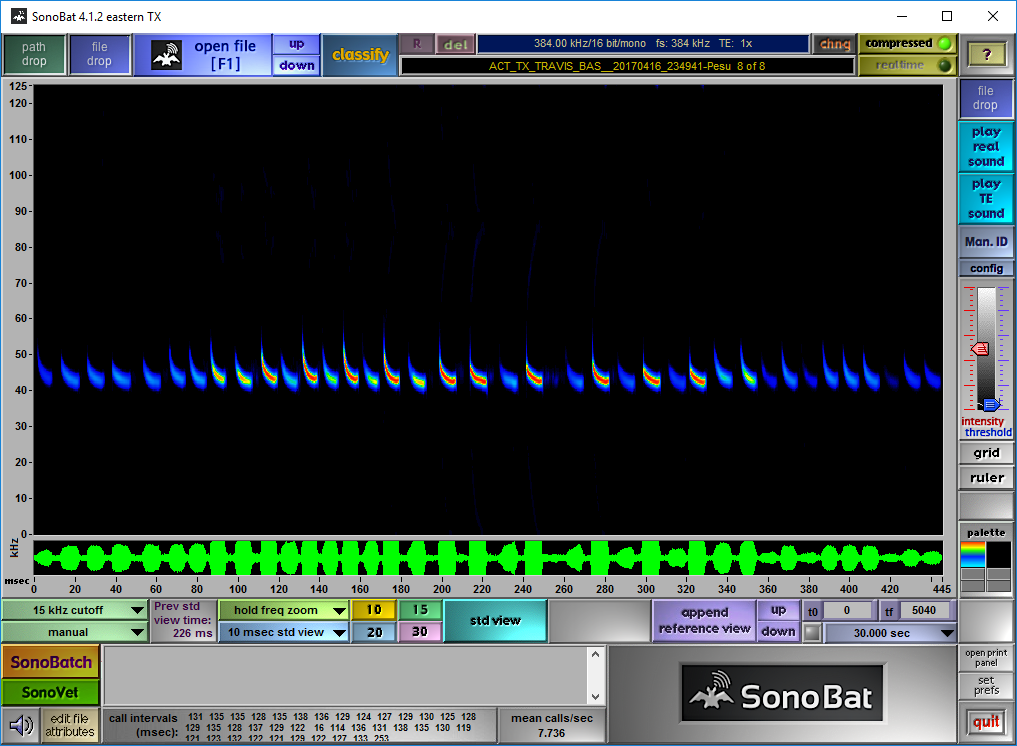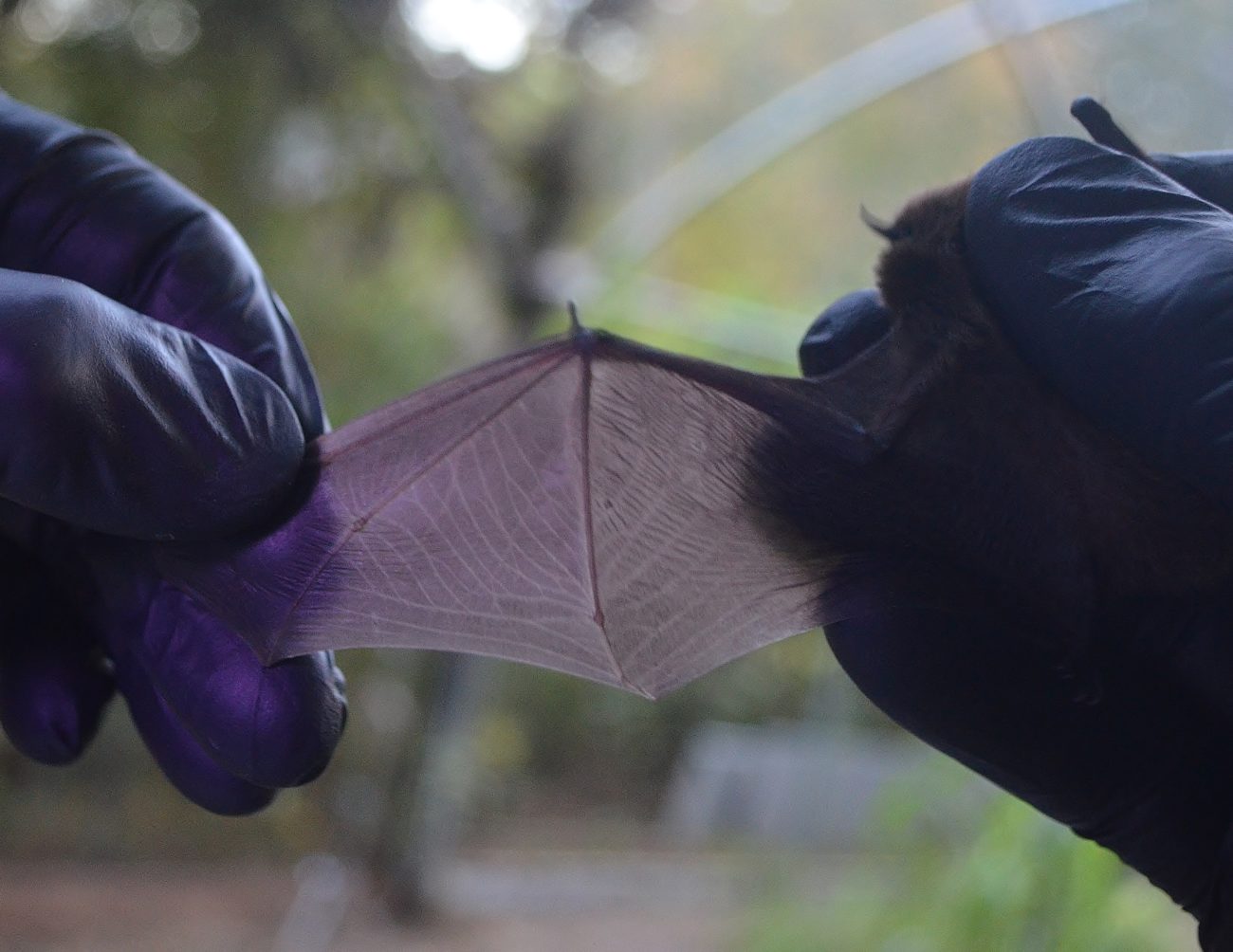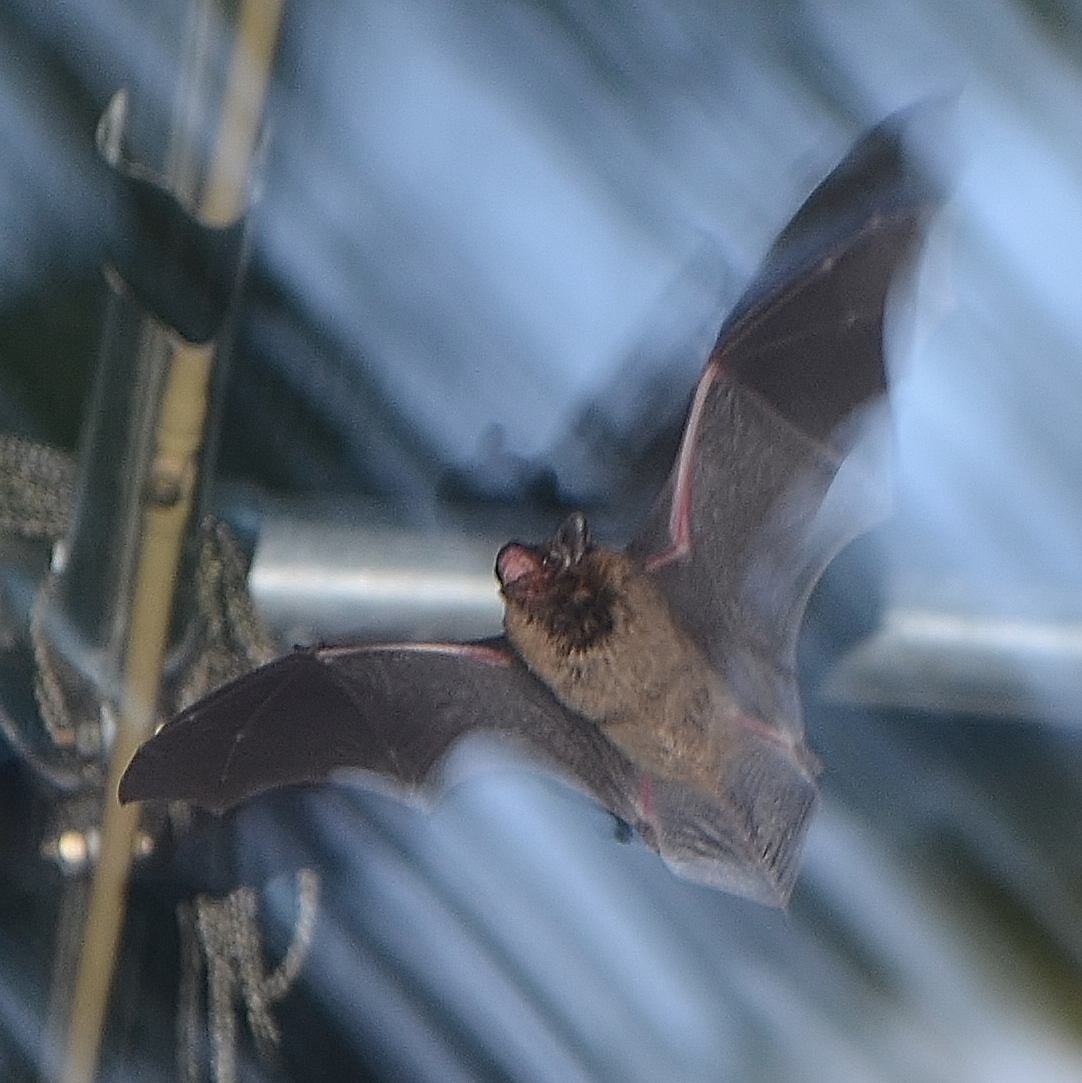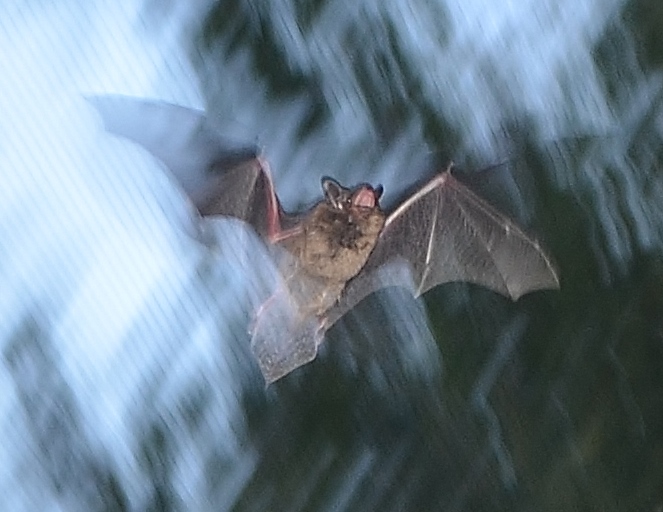Pip Pup Release
The female pip (The Pip Mum) was in trouble here on this stair tread. She could have been stepped on or mauled by a cat or dog.
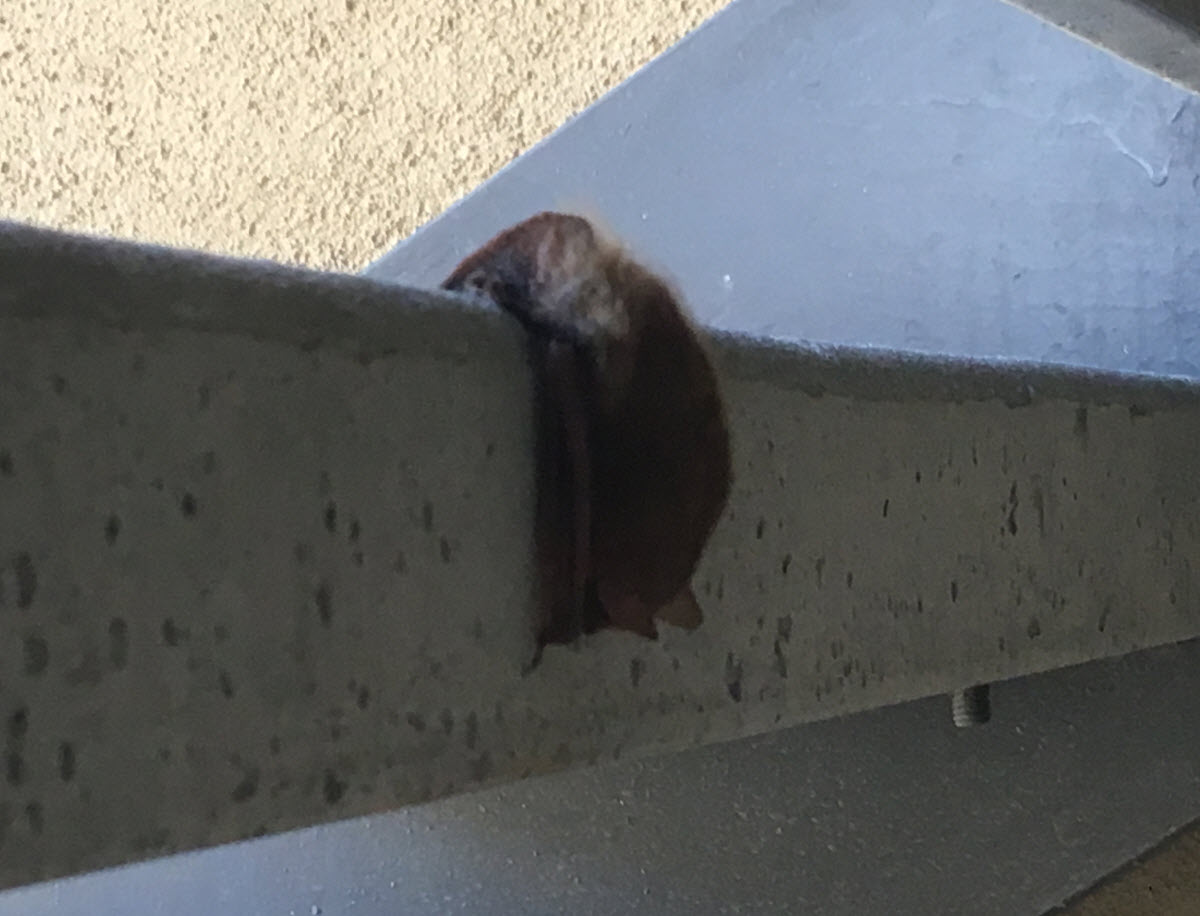
The adjacent apartment renter’s mother was visiting her pregnant daughter and called to have the bat removed.
She really wanted a bat disposal service and would not assist or even be present when we arrived to rescue this little bat.
It was not until we mentioned that this little bat girl was also likely pregnant, that she took interest and then desperately wanted to meet the bat.
The bat was dehydrated and not well nourished, but uninjured. In the early photos and videos she is noticeable skinny.
There were not many drinking sources around the area except swimming pools, so perhaps the chlorine water was getting to her.
We brought her in for hydration therapy and good food to build her strength.
After a few weeks, she had put on weight, but we noticed that she was beautifully rounded even between feedings.
She was indeed pregnant!
We thought she would have twins, as is likely for tri-colored bats, but soon we discovered it was just the one pup,
a beautiful little ball of bat blubber, found nursing under her wing.
Just a few days later, she has a little fur and her body and HER EARS! are quite a bit longer.
At this point, we still did not know the sex of the pup, since we were so reluctant to disturb mum & pup.
A week later she is more fully furred and helping with the family hang!
A bit later and she would give mum a break from nursing from time to time.
After a few weeks of watching, we finally had to check to see if she was a boy or a girl.
We picked her up (A GIRL!) and she gave a squawk while exploding into a twisting, evasive flight!
Here she is flying at 2-1/2 weeks of age. CUTE!
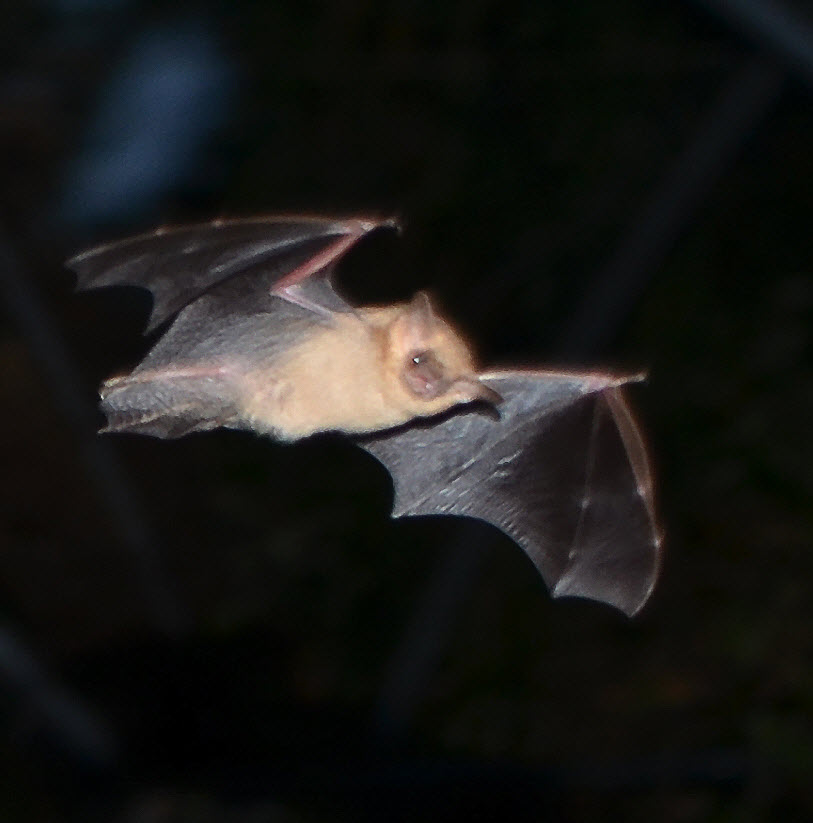
We watched her grow up over the next few months, while we got them through the wicked drought this summer.
We saw her become a skilled hunter as she practiced catching moths under the flight cage lights.
Pip pup learing to hunt at around 5 weeks
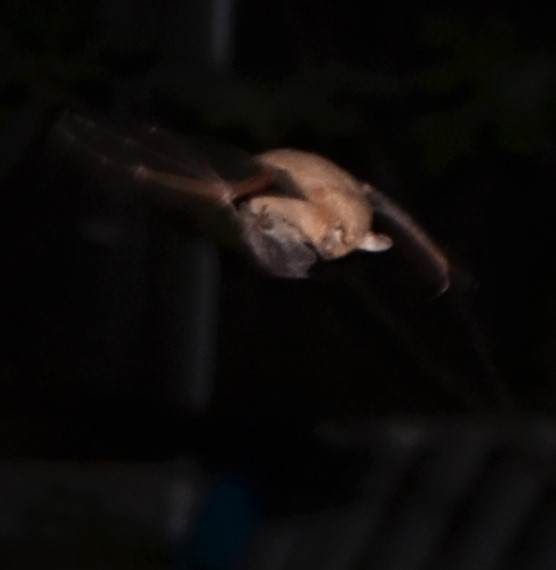
Eyeballing a moth 1-1/2 months
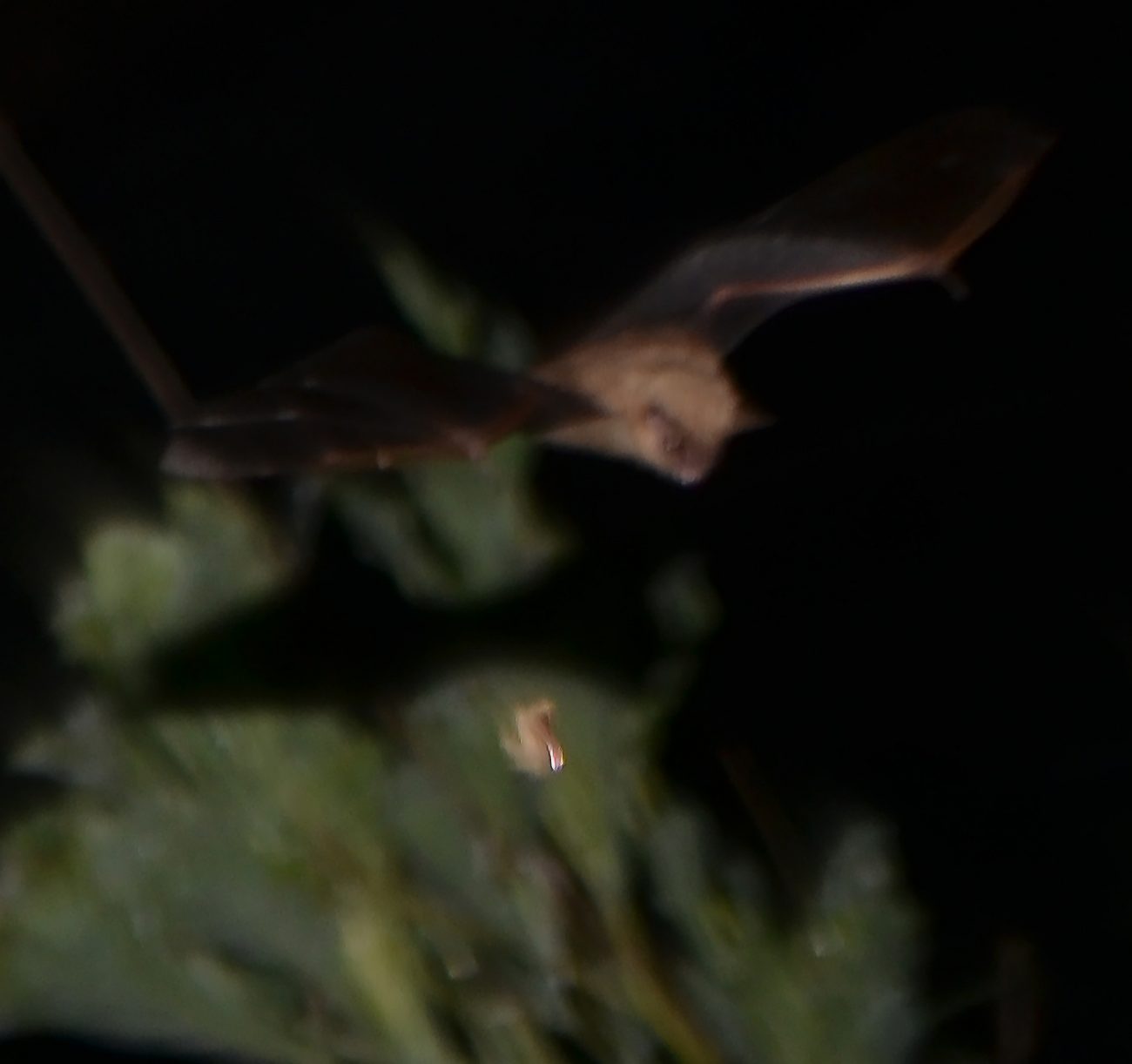
Mastering the Tail Grab (moth rolled up inside tail membrane) 2 months
Here you can see her face behind the translucent tail membrane that covers it, as she bites a moth she has just scooped up.
This was so much fun to watch!!!
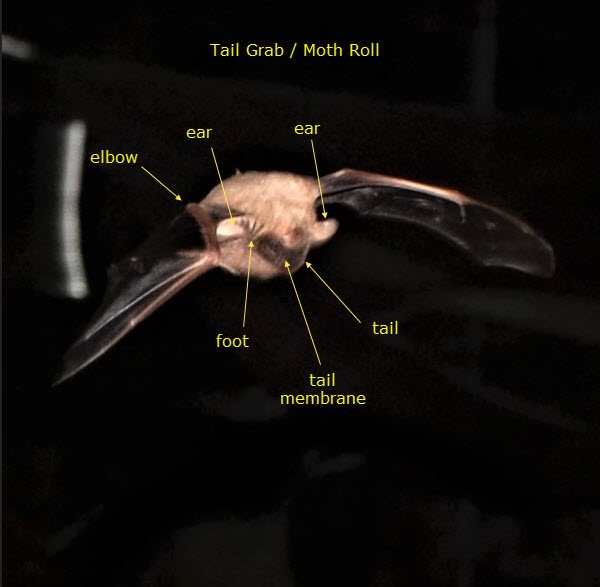
The normal mother / daughter dynamics played out during this time as the pup became quite a handful for the mum.
The weaning process is always a difficult time for both and it went on for quite a few weeks until they finally started roosting together again.
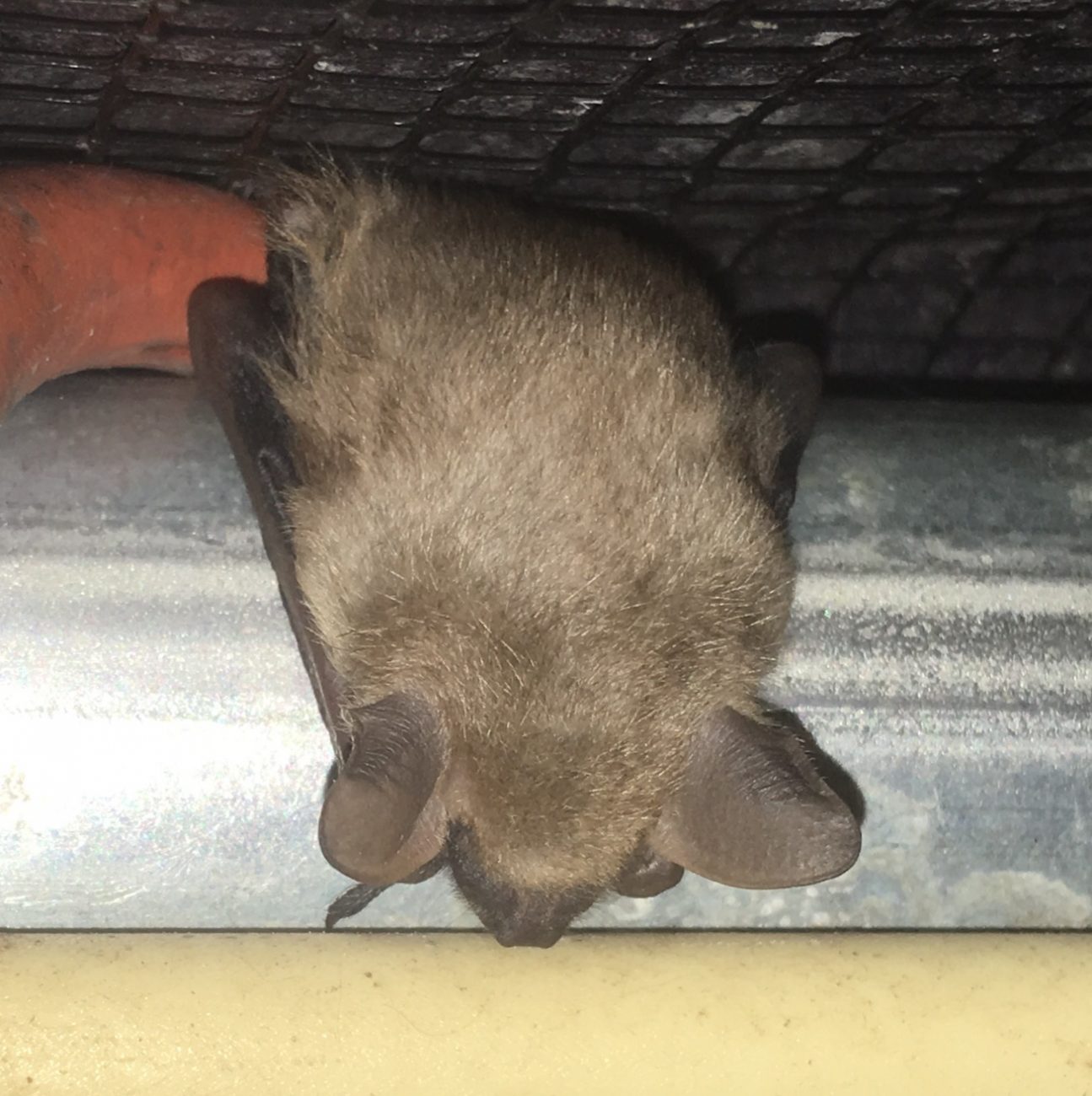
We fed them (and all 40 free-ranging bats) one mealworm at a time all summer long!
The pip pup (below) was hand-fed 1,200 mealworms while we had her! Her mum 1,500!
Finally the rains that broke the drought ended and we were able to take her and her mum to release.
They were accompanied by another tri-colored bat and three cave myotis.
Here is the pip pup, the day of her release.
It’s so great to see what our pups (they are all pups to us) will see when they come home at dawn.
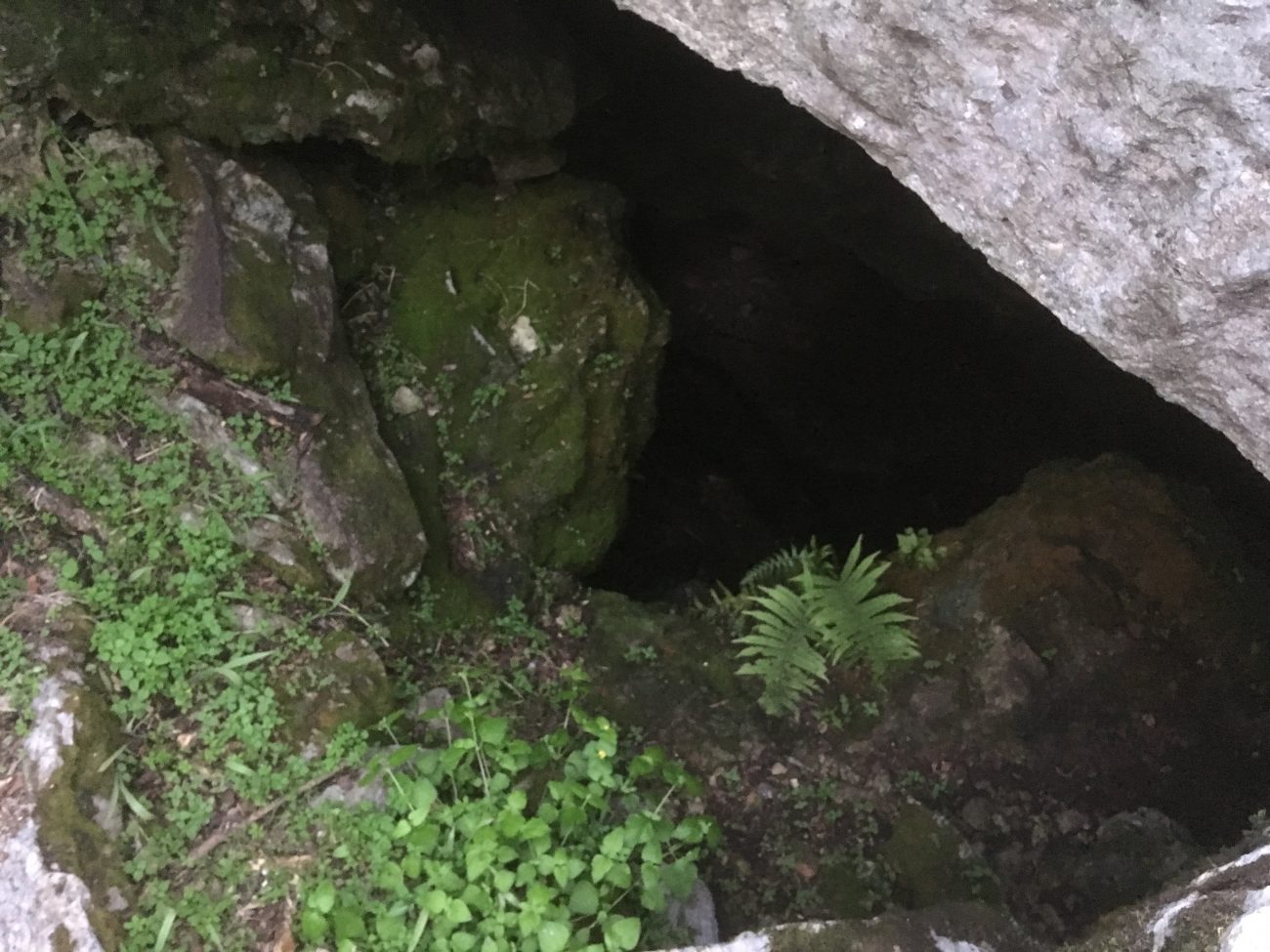




We released the pip pup and her mum at dark, into a stream of bats leaving the cave. We feel sure that they will join the colony in foraging and follow them home to this wonderful roost.
Thanks so much everybody who cared for these bats!!! This is what love looks like!!!
The Release!
Mum leads the way, calling to her pup, saying, “Time to make a break for it!!! Let’s go!!!”
We’re so happy to see them go to such a great home. Thanks universe, for getting something right!
